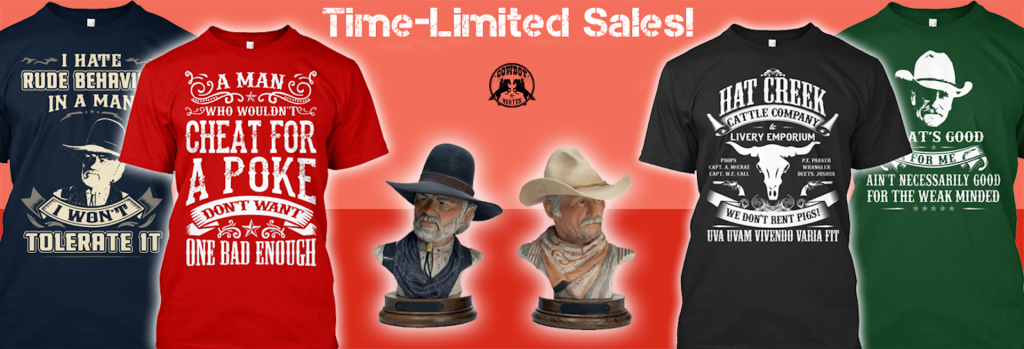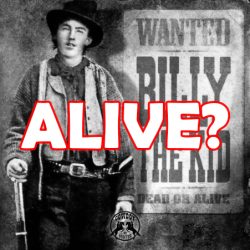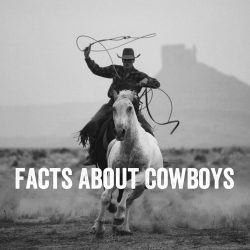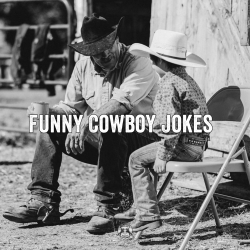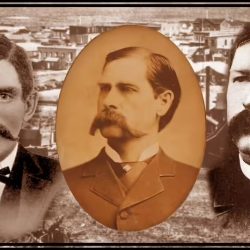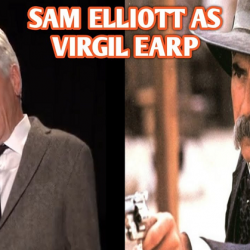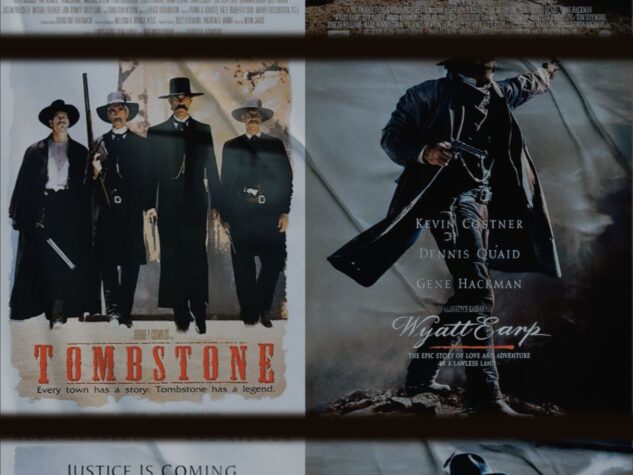
Tombstone is firmly in the pantheon of the greatest Western movies ever made, and Wyatt Earp was mostly a flop. But there’s more than meets the eye in this classic ’90s Western movie showdown.
When screenplay writer Kevin Jarre wrapped up the first draft of Tombstone in January 1992, he had in mind the perfect dude to play Wyatt Earp: Kevin Costner.
The only problem? Costner was working on his own Wyatt Earp miniseries, what was slated to be a slogging six-hour drama destined to be as boring as it sounds. But this was Kevin Costner, who now had the three-hour hit Dances with Wolves under his belt, so what the hell, it made sense on paper.
And in 1992, no one said no to the Costner Machine.
Costner never vibed with Jarre’s vision, so he went his own way and eventually released Wyatt Earp, directed by Lawrence Kasdan, in June 1994, six months after Tombstone was released in December 1993.
Like the 8 players in the gunfight at the O.K. Corral, these movies squared off and most moviegoers — then and now — agree there was a clear victor.
But there are plenty of good reasons to watch both movies for their depictions of the Earp clan and life in the American West, especially if you’re into western movies regardless of what’s popular in Hollywood.
Here are 7 significant differences between Tombstone and Wyatt Earp.
1. Tombstone was a sleeper hit and Wyatt Earp flopped.
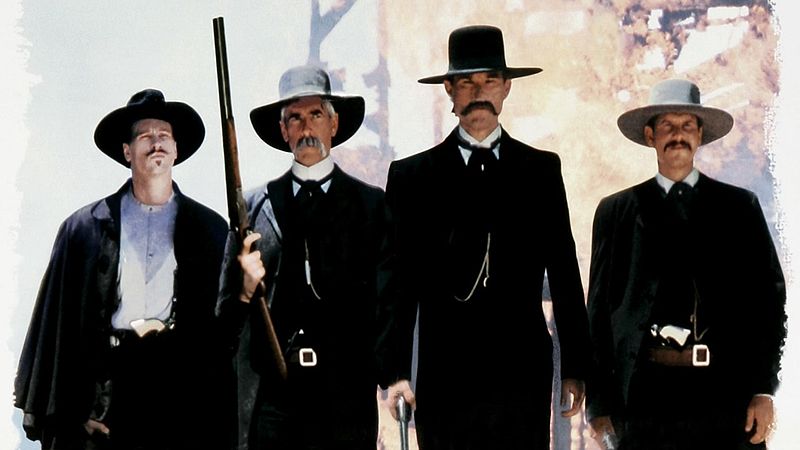
Unfortunately for the latecomers to the Earp movie party, Tombstone was a highly stylized box office sleeper that outperformed expectations, eventually grossing more than $70 million on its $25 million budget.
An experienced cast, led by Kurt Russell and Val Kilmer, brought Jarre’s energetic script to life, and when the dust settled, Wyatt Earp never stood a chance of winning the business side of the duel.
In fact, Wyatt Earp was mostly a financial and commercial dud, grossing far less than its $63 million budget. Critics handed out meh reviews for both movies, but Costner’s flick was pretty much roasted.
Roger Ebert said the movie “plays as if they took ‘Tombstone’ and pumped it full of hot air.” He called the movie a “rambling, unfocused biography of Wyatt Earp” that was “just too slow, and not very compelling.” Another review called the movie “less heavy-handed than simply heavy.”
Critics and viewers agreed that the three-hour saga was too long and drawn out, even if it did cover parts of Wyatt’s life that are interesting and missing from Tombstone.
All that said…
2. They’re two completely different types of movies.

Tombstone takes a focused look at the events leading up to and after the gunfight at the O.K. Corral, and Wyatt Earp‘s sweeping bio-pic covers the legend’s life: his early teen years (when he tried to join his bros in the Union Army), his days in Dodge City and the start of his Alaska gold-hunting sojourn.
Wyatt Earp lived ’til he was 80, which was damn near miraculous for someone who tangled so heavily with both sides of the law in the West. That’s also a lot of ground to cover in one movie, which explains why Wyatt Earp is so damn long.
Wyatt Earp‘s development of Wyatt as a youngster is occasionally interesting, but it gets slow and quickly bogged down by scenes that don’t always advance the story.
In general, Tombstone‘s focus on the O.K. Corral events and Earp’s Vendetta Ride makes it easier to follow a strong storyline. It’s clear who the “bad guys” are, what’s at stake and what can go wrong. And then it does.
Though it’s still a two-hour movie, Jarre’s script is leaner, and even through production, George Cosmatos and Kurt Russell continued cutting scenes to meet budget and schedule restrictions.
In the end, Tombstone feels quick-paced and tense, where Wyatt Earp lacks urgency and spectacle. The perfect example: the “long walk” of the Earps and Doc Holliday to meet the cowboys near the O.K. Corral (actually, an empty lot near C.S Fly’s boarding house, but that didn’t sound as cool).
In Wyatt Earp, the walk is serious and tense, to be sure, but it’s also mostly forgettable.
In Tombstone, on the other hand, there’s a damn building on fire when the boys head out.
It’s straight up apocalyptic.
It’s also symbolic of the differences between the two movies. Wyatt Earp is traditional, kinda safe, not bad necessarily, but not exactly memorable.
Tombstone takes risks, sets things on fire and delivers iconic lines that people still remember nearly 30 years later.
Dennis Quaid didn’t name his memoir I’m Your Huckleberry.
No one looks up the best quotes from Wyatt Earp.
And no one wrote The Making of Wyatt Earp: Behind the Scenes of the Classic Modern Western.
But: there is an audience interested in seeing Wyatt Earp’s pre-Tombstone life, and the events that made him the legend he was in Arizona. And for those folks, Wyatt Earp is an enlightening and interesting watch — if you have the time.
The main difference between the two films? Tombstone is a fast and furious chapter in Wyatt Earp’s life, and Wyatt Earp attempts to write the whole damn book.
3. They’re based on different — and not entirely accurate — books.

According to historian Jeff Morey in The Making of Tombstone: Behind the Scenes of the Classic Modern Western, the movies were based on two similar but contrasting literary works.
Morey explains that “Costner took the Stuart Lake slant and Jarre took the Walter Noble Burns slant.”
The “Stuart Lake slant” refers to the book Wyatt Earp: Frontier Marshal, published by Lake in 1931. Lake interviewed Wyatt a handful of times before Earp died in 1929, but over the years it became clear that the stories and anecdotes were exaggerated or straight up not real.
Though it’s an interesting read and covers much of Wyatt’s life, it’s not considered historically accurate, and Lake is now semi-responsible for elevating Wyatt Earp’s reputation to mythical western unicorn status.
Though exaggerated, the book does contain some kernels of truth through Lake’s interviewing many “eye-witnesses to the scenes portrayed.”
Focusing on the O.K. Corral shootout, Kevin Jarre used Tombstone : An Iliad of the Southwest, published by Walter Noble Burns in 1927, for his source material. This is where the infamous “I”m your huckleberry” quote came from, as well as other iconic scenes and one-liners that made it to the movie.
Burns also took creative liberties with his work, which apparently all the cool writers were doing back then.
“It is a delight to read and a masterpiece of the Wild West action genre,” wrote Casey Tefertiller in a 1999 foreword to the book. “The problem is that it cannot be considered history.”
Both Lake and Burns stretched the truth of Wyatt Earp’s shenanigans, though it’s nearly impossible to say what’s fact and what’s fiction. Both works are interesting, not entirely factual but perfect fodder for Wild West movies that need dramatic flair and lots of bold heroic things going on.
So the next time you see a debate online about which movie is more historically accurate, take comfort in knowing that both movies were based on books that were wildly exaggerated because that’s show business baby.
4. Kilmer’s Doc Holliday can’t be beat, but Dennis Quaid offers an admirable performance.
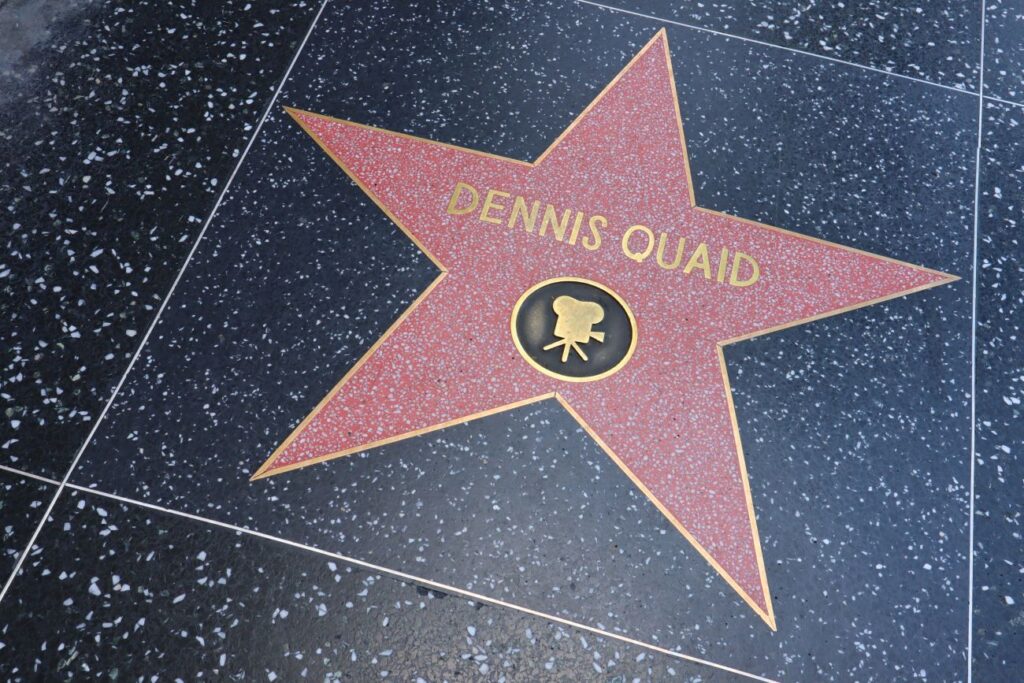
Let’s be real: there’s never going to be another Doc Holliday played like Val Kilmer.
The man captured the myth and mysteriousness of the good doctor like no other, including Dennis Quaid, who plays Holliday in Wyatt Earp.
Quaid allegedly lost something like 40 pounds for the role, and the gaunt look on his face proves his commitment to the character. But Quaid’s coughing and delivery is sharp and severe, making the role feel much rougher around the edges.
Kilmer, on the other hand, delivers silk-smooth lines in a trademark Southern drawl that’s easier on the ears and eyes (am I right ladies). Quaid’s interpretation was likely closer to the truth — Holliday had lost a lot of weight as his health deteriorated, and really was a lunger — but Kilmer’s Doc is a more polished and memorable depiction.
That said, watching Quaid channel the more emaciated and bitter version of Holliday can grow on you as the movie unfolds. By the end, I wasn’t nearly as against Quaid as Doc as I was when he first rolled on screen. He plays a solid Holliday, and if it wasn’t for Kilmer’s role of a lifetime coming out six months before Wyatt Earp, Quaid may have received more recognition for his work.
In Tombstone, Doc Holliday is given a proper emotional send-off as him and Wyatt talk on Doc’s deathbed. Wyatt Earp, on the other hand, wraps up Doc’s life with an incredibly straightforward on-screen summary: “”Doc Holliday died six years after the gunfight at the O.K. Corral in a sanitarium in Glenwood Springs, Colorado. He was 36 years old.”
That’s the difference between showing and telling, for all the writers out there.
5. Johnny Ringo isn’t as prominent in Wyatt Earp.
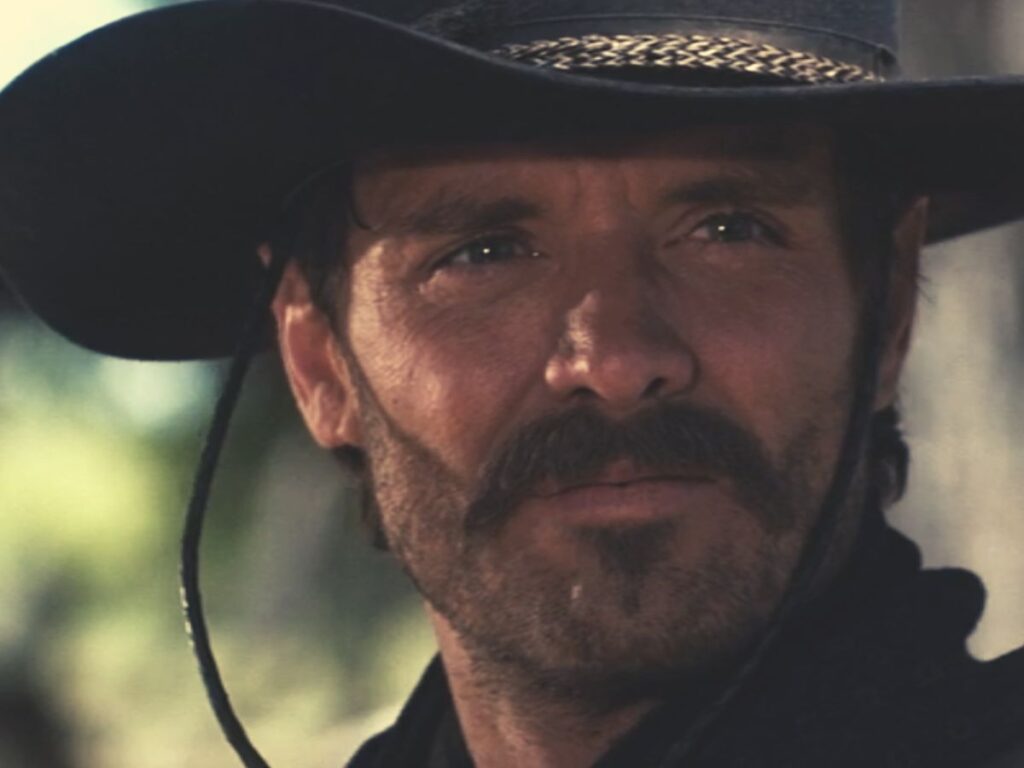
The showdown scenes between Doc Holliday and Johnny Ringo in Tombstone are arguably some of the movie’s best moments. But you won’t see those in Wyatt Earp — or much of Ringo at all.
That’s likely more historically accurate than not. Ringo was loosely associated with the cowboys of Cochise County, and was suspected of crimes in the area, but he wasn’t involved in the O.K. Corral shootout. His name was bandied about during Earp’s Vendetta Ride, but again he didn’t play much of a role in Wyatt’s vengeance killings.
And while the final duel between Ringo and Doc Holliday may never have happened (Ringo likely committed suicide), the fictional showdown elevates Tombstone to a mythically enduring, if not entirely accurate, western classic.
6. Both movies have great casts, but Tombstone‘s writing is brilliant.
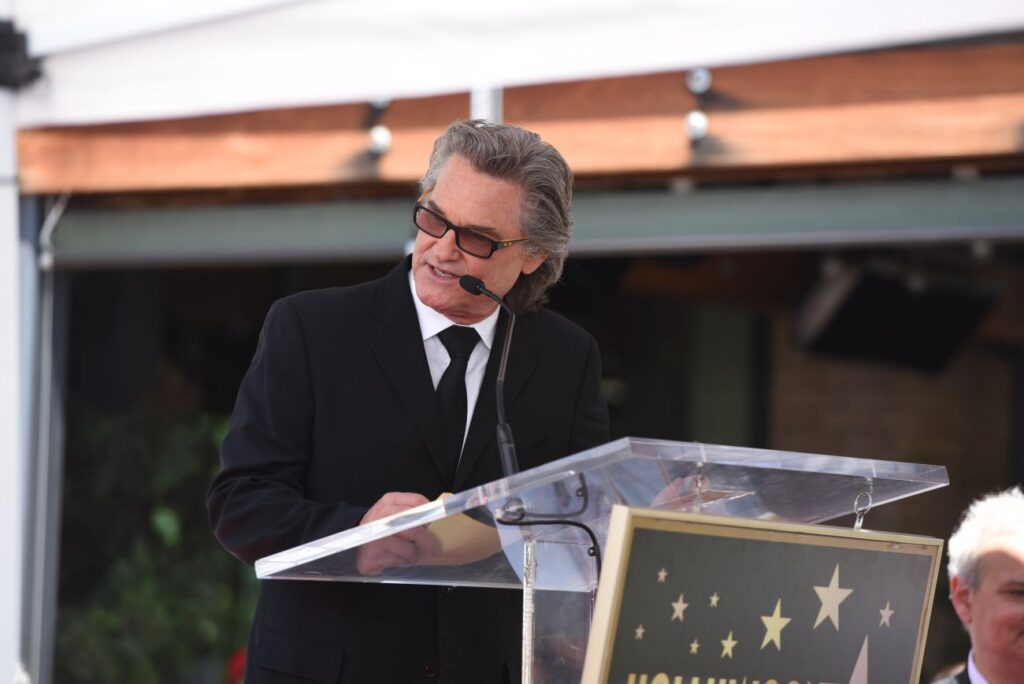
Tombstone’s cast is now legendary, but Costner’s lineup was no slouch. Quaid, Gene Hackman, Tom Sizemore, Bill Pullman and Téa Leoni rounded out a solid ensemble, but in the end what really separated the two movies came down to writing.
The detail and vision Kevin Jarre loaded into the Tombstone script comes through on every page, and actors who saw the script jumped at the chance to join the project.
Dana Delaney, who played Josephine Marcus, claimed it was the script’s detail that “attracted the wonderful cast of actors.” Kilmer and Russell both gave the script high praise, and Kilmer said it was one of the few great scripts he said yes to before finishing it.
“I had read only half of Kevin Jarre’s brilliant screenplay before I made up my mind to accept the role,” Kilmer wrote in his memoir. “When I take a part, I usually read the script many times before reciting a word out loud.”
It’s hard to picture anything other than the final cast now, but before production, other names were thrown around for Holliday, including Willem Dafoe and Billy Baldwin.
Fortunately for all us, Kilmer was the top dog.
7. Wyatt Earp is worth watching, even if it’s not as popular.

Is Tombstone a better movie than Wyatt Earp? Most folks think so. It’s quicker-paced and delivers memorable scenes that most Westerns only dream of.
But, Wyatt Earp has its place in the Western film canon. It might be a dark, slightly unpopular corner of the canon, but it’s there. For Earp fans who want to see depictions of his life before Tombstone, it’s a watchable film that highlights some of Wyatt’s most infamous adventures leading up to Southern Arizona.
And if you fall asleep in the first half, don’t fret: the Tombstone scenes are still on the horizon.
By D.T. Christensen

